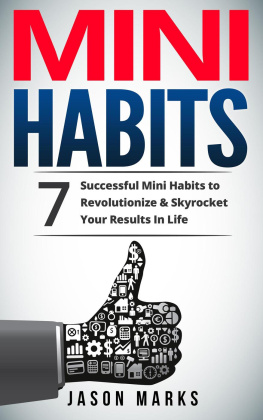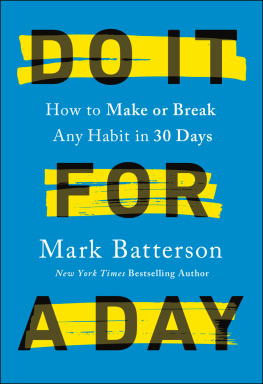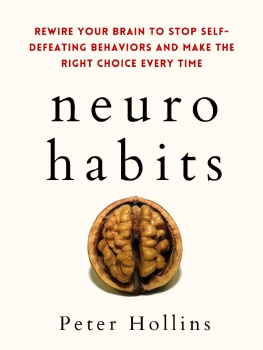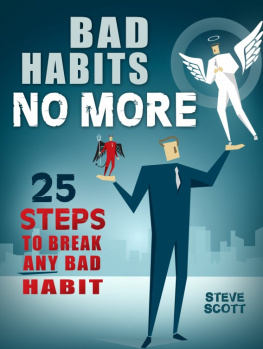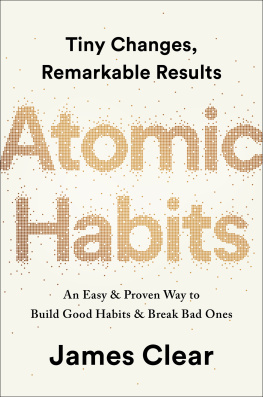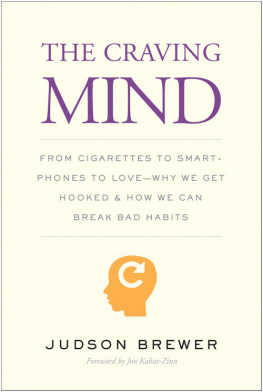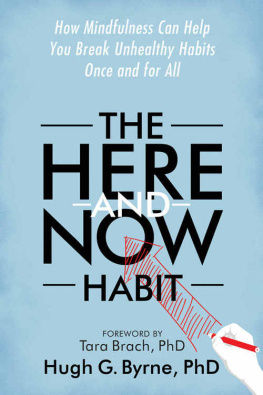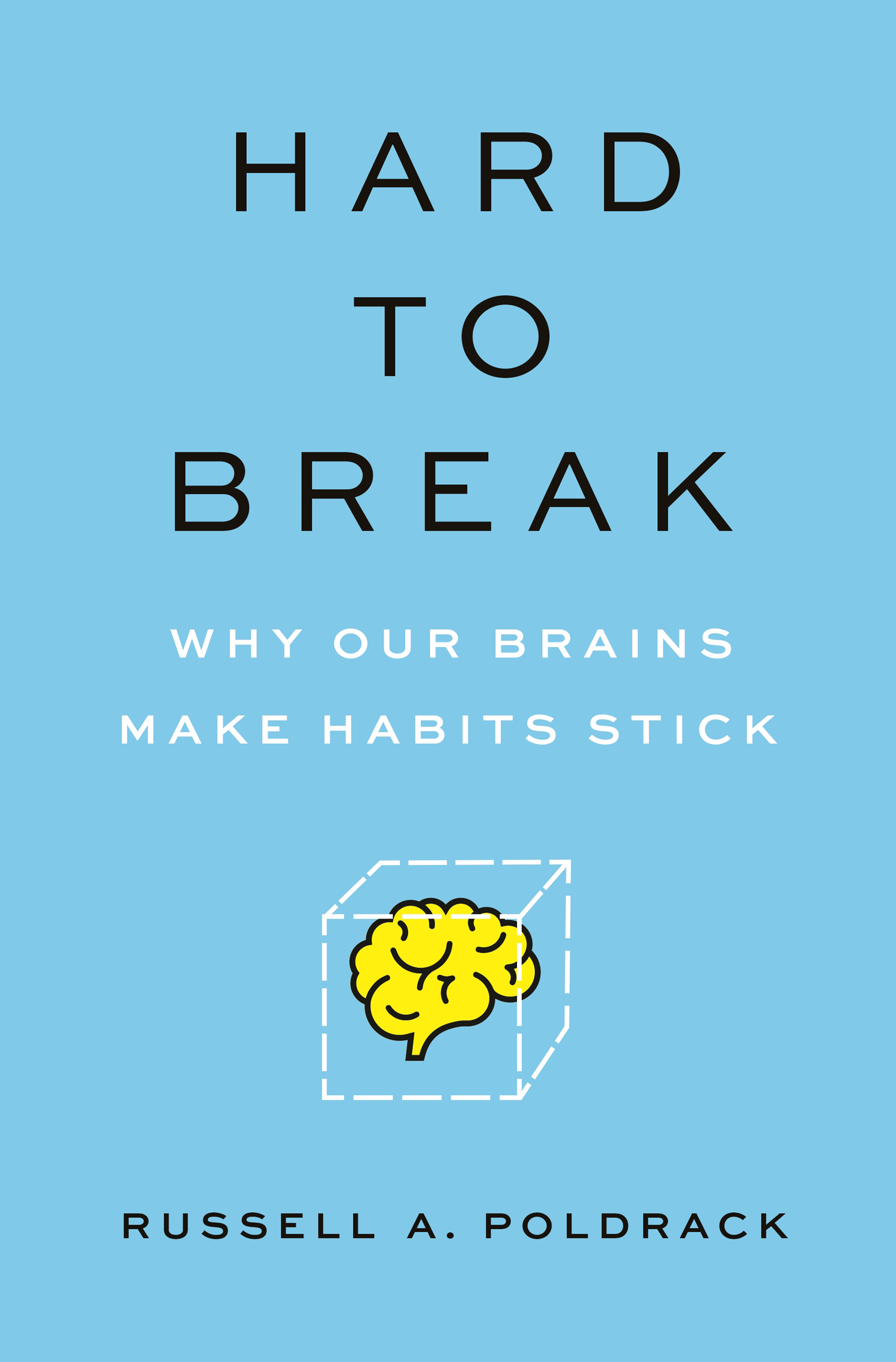Russell A. Poldrack - Hard to Break: Why Our Brains Make Habits Stick
Here you can read online Russell A. Poldrack - Hard to Break: Why Our Brains Make Habits Stick full text of the book (entire story) in english for free. Download pdf and epub, get meaning, cover and reviews about this ebook. City: Princeton, year: 2021, publisher: Princeton University Press, genre: Science. Description of the work, (preface) as well as reviews are available. Best literature library LitArk.com created for fans of good reading and offers a wide selection of genres:
Romance novel
Science fiction
Adventure
Detective
Science
History
Home and family
Prose
Art
Politics
Computer
Non-fiction
Religion
Business
Children
Humor
Choose a favorite category and find really read worthwhile books. Enjoy immersion in the world of imagination, feel the emotions of the characters or learn something new for yourself, make an fascinating discovery.

- Book:Hard to Break: Why Our Brains Make Habits Stick
- Author:
- Publisher:Princeton University Press
- Genre:
- Year:2021
- City:Princeton
- Rating:4 / 5
- Favourites:Add to favourites
- Your mark:
Hard to Break: Why Our Brains Make Habits Stick: summary, description and annotation
We offer to read an annotation, description, summary or preface (depends on what the author of the book "Hard to Break: Why Our Brains Make Habits Stick" wrote himself). If you haven't found the necessary information about the book — write in the comments, we will try to find it.
The neuroscience of why bad habits are so hard to breakand how evidence-based strategies can help us change our behavior more effectively
We all have habits wed like to break, but for many of us it can be nearly impossible to do so. There is a good reason for this: the brain is a habit-building machine. In Hard to Break, leading neuroscientist Russell Poldrack provides an engaging and authoritative account of the science of how habits are built in the brain, why they are so hard to break, and how evidence-based strategies may help us change unwanted behaviors.
Hard to Break offers a clear-eyed tour of what neuroscience tells us about habit change and debunks easy fixes that arent backed by science. It explains how dopamine is essential for building habits and how the battle between habits and intentional goal-directed behaviors reflects a competition between different brain systems. Along the way, we learn how cues trigger habits; why we should make rules, not decisions; how the stimuli of the modern world hijack the brains habit machinery and lead to drug abuse and other addictions; and how neuroscience may one day enable us to hack our habits. Shifting from the individual to society, the book also discusses the massive habit changes that will be needed to address the biggest challenges of our time.
Moving beyond the hype to offer a deeper understanding of the biology of habits in the brain, Hard to Break reveals how we might be able to make the changes we desireand why we should have greater empathy with ourselves and others who struggle to do so.
Russell A. Poldrack: author's other books
Who wrote Hard to Break: Why Our Brains Make Habits Stick? Find out the surname, the name of the author of the book and a list of all author's works by series.


